Red clover (Trifolium pratense L.) is a short-lived perennial legume with a long history of use as a green manure in Ontario. It establishes best when underseeded in a small grain crop (Figure 1), and Ontario research has found it to supply up a substantial nitrogen credit to its subsequent crop. Beyond its nitrogen fixation benefits, red clover improves soil tilth, reduces erosion risk, builds soil organic matter, and can alleviate some effects of compaction through its taproot if allowed to grow long enough. Despite challenges achieving a consistent and uniform stand with underseeded red clover in parts of Ontario, it remains one of the most popular cover crop selections.
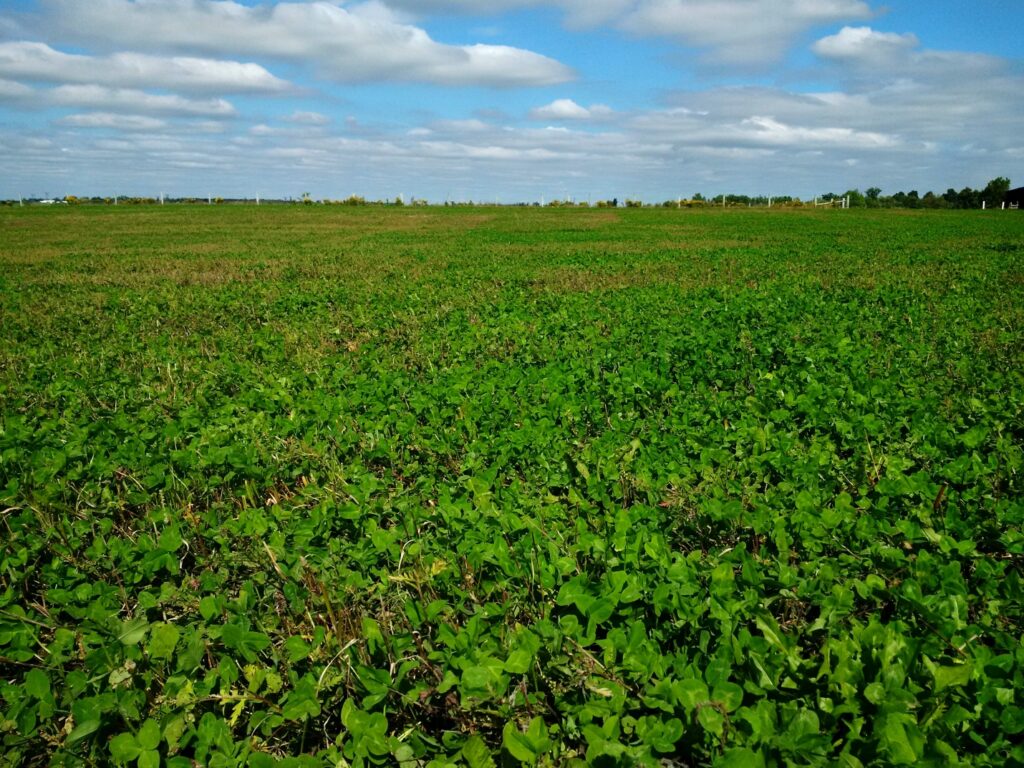
Figure 1. Red clover growing following winter wheat harvest.
Establishment and growth
There are two types of red clover grown in Ontario:
- Double cut or “medium” red clover:
- flowers in seeding year (Figure 2)
- has vigorous re-growth after cutting
- Single cut or “mammoth” red clover:
- typically does not flower in seeding year
- slower growing and later maturing
- more drought tolerant
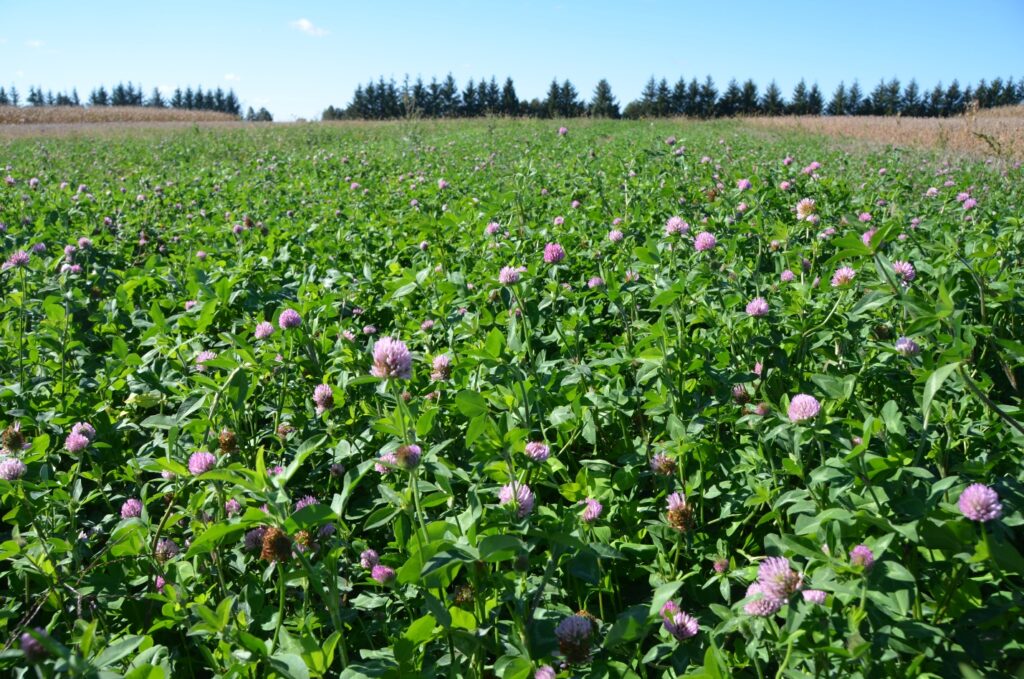
Figure 2. Double cut red clover flowering in fall of seeding year.
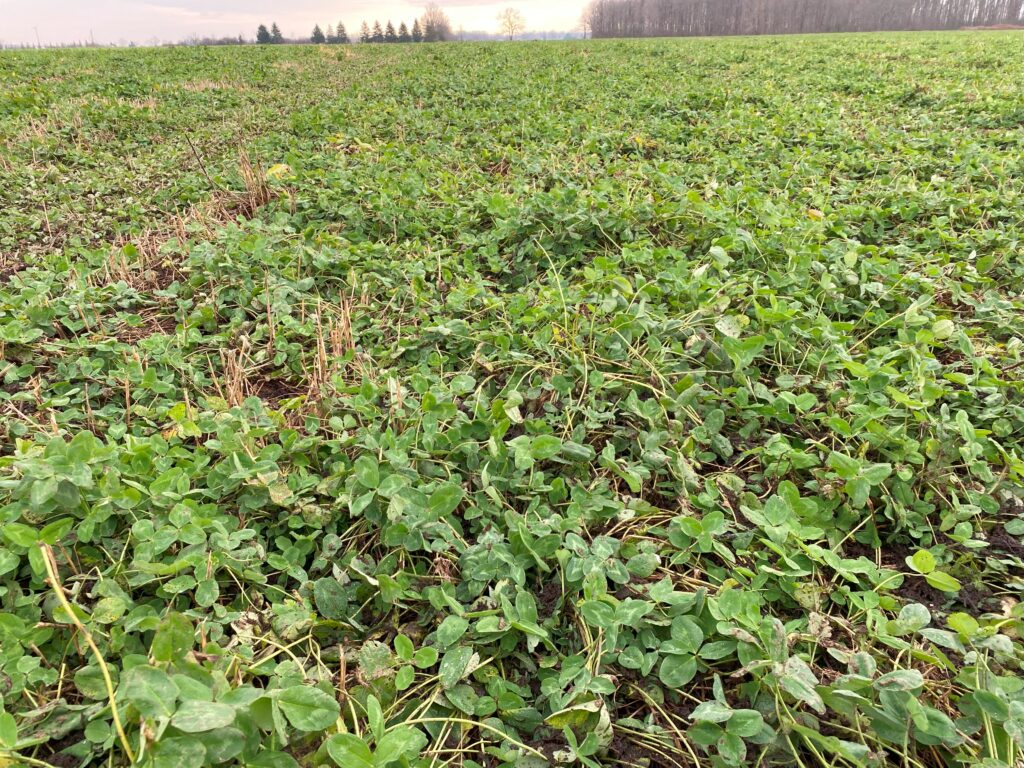
Figure 3. Single cut red clover in fall.
| Germination and emergence | Red clover requires shallow planting. Broadcasting seed on frost allows for freeze-thaw action to improve seed-to-soil contact. Germination takes approximately seven days in spring and seedlings develop slowly (SARE, 2007). Inoculate with Rhizobium trifolii in fieldsthat don’t have a history of red clover. |
| Top growth | 20 to 60 cm height is typical. Double cut red clover usually flowers within 65 days of planting (assuming not underseeded) and will continue to flower every 30 to 35 days after harvest once established. Best growth in moist, cool conditions. |
| Root system | Thick tap root grows 60 to 90 cm in a year and fibrous lateral roots are found mostly in top 12 cm of soil (Figure 4). |
| Overwintering | A short-lived perennial that overwinters. |
| Site suitability | Will grow on a wide variety of soil textures and conditions, including slightly acidic soil. Best growth with soil pH between 6 and 7. Shade tolerant. Persists one to two years in southern Ontario; two to three years in northern Ontario. |
| Herbicide sensitivity | Red clover is sensitive to soil residues of atrazine and some Group 2 herbicides. Check re-cropping information on the Ontario Crop Protection to confirm. |
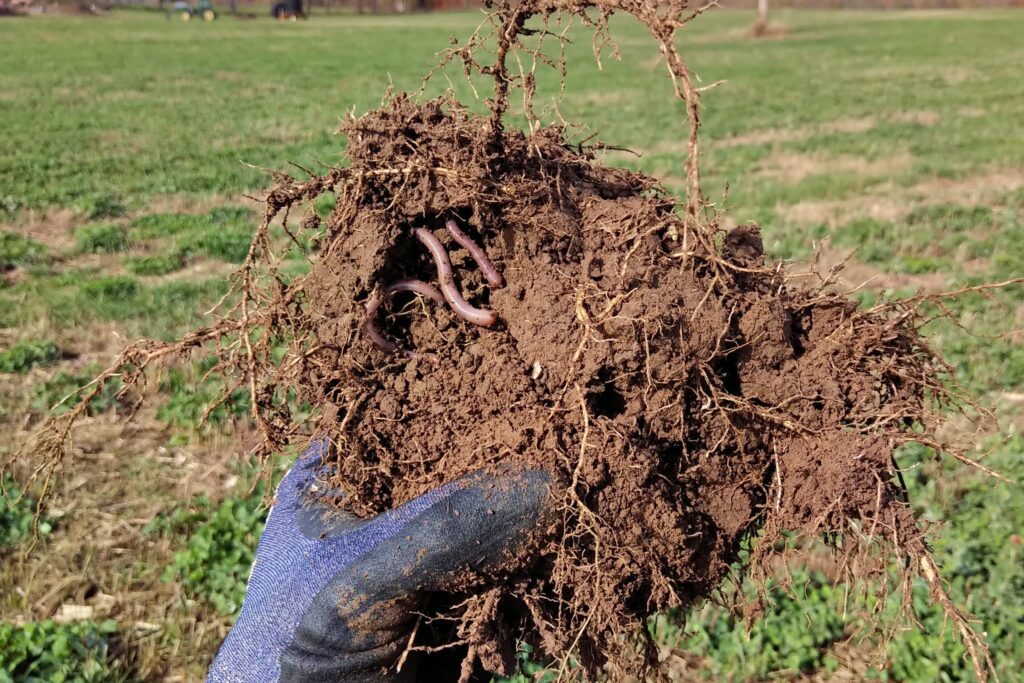
Figure 4. Root system of single cut red clover (year of seeding), including taproot and fibrous lateral roots.
Common uses in field crop rotations
- Underseeded in winter wheat by air flow or spinner spreader, typically on frost to enable some incorporation of seed by freeze-thaw action.
- Seeded at same time of spring small grain planting, via grass seed box.
- Interseeded in a standing crop, e.g., in grain corn at early vegetative stages (Figure 5).
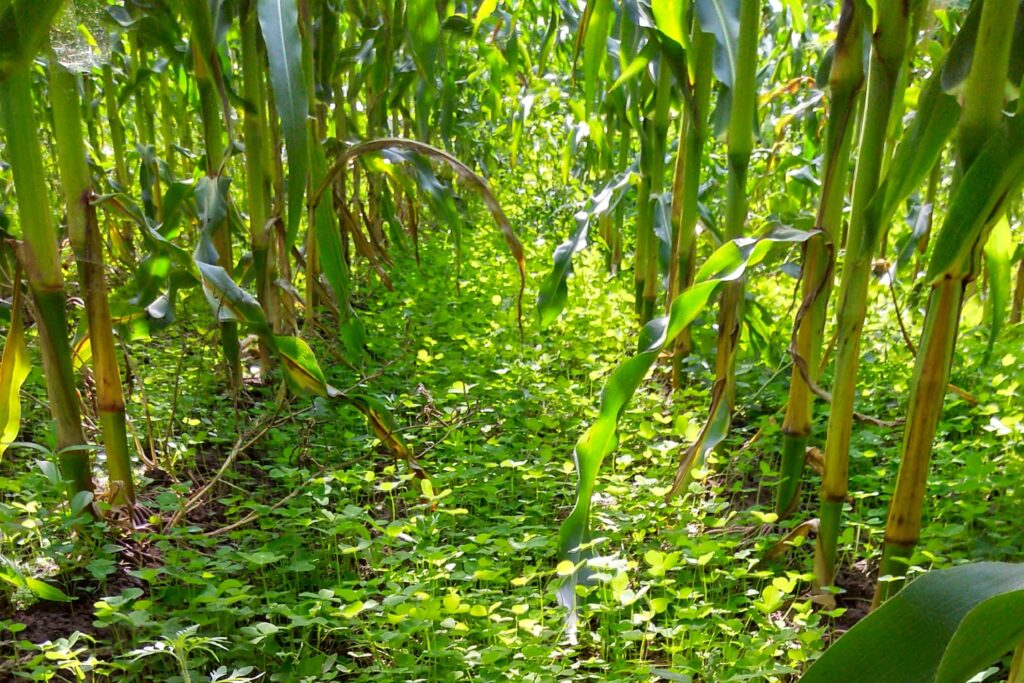
Figure 5. Red clover established in the understory of corn in fall. Established by broadcast and incorporation at last inter-row cultivation on a certified organic operation.
Weed control with interseeded red clover
- Any herbicide program for a cereal crop into which red clover is underseeded must be:
- safe to the cereal crop
- effectively control the weeds
- safe to the cover crop
- Usually the major weed control problems will be with winter annuals in fall seeded crops and with annual broadleaf weeds in spring cereals. Sometimes the herbicide needed to control the weed is not safe on the cover crop.
- Bromoxynil or MCPA are registered for wheat underseeded with red clover but with specific precautions to avoid injury.
- Consult the Ontario Crop Protection Hub for safe herbicide options, e.g., under “Weed control search” select crop with red clover, such as “Oats – underseeded with red clover”.
Control options
Herbicides
A fall application of glyphosate (540 g/L) at 2.5 L/ha (1 L/acre) plus either dicamba (e.g., Engenia, Xtendimax) at 0.5 L/ha (0.2 L/acre) or Distinct at 285 g/ha (115 g/acre) is the most effective way to remove a red clover stand. Spring termination is less successful.
Mechanical
Red clover can be terminated by moldboard plow in the fall or spring. The level of control will be reduced in spring and three to four weeks will be needed for residue breakdown to enable the creation of a suitable seedbed.
Neither disk ripping nor chisel plowing will terminate red clover effectively when done alone.
Benefits and cautions
| Benefits | Cautions | |
| Nutrient management and organic matter | Efficient nitrogen fixer with a 67-82 kg-N/ha (60-73 lbs-N/acre) credit for corn. Adds considerable above and belowground biomass. Improves conditions for soil microbial life. | Spring termination can cause seedbed challenges in tillage-based systems. |
| Pest and disease management | Will stimulate soybean cyst nematode cyst hatching, and, if a proper host is not present, will reduce population. | Host to several insects, nematodes, and diseases. Host to root-lesion and root-knot nematodes. |
| Erosion control | Once established, provides extensive soil protection. Improves water infiltration and soil structure. | |
| Soil moisture | Improves water holding capacity, infiltration, and permeability rates. | May slow soil drying in spring if significant fall biomass accumulated under minimum tillage, especially on clay soils. May dry topsoil excessively if left to overwinter on clay soils and terminated late in spring. |
Getting started
- Seed is readily available. Double cut red clover seed is typically more expensive than single cut.
- Seed at 11 kg/ha (9.8 lbs/ac) or lower if seeded with a forage grass like timothy
- Usually frost seeded but can be drilled or broadcast and incorporated shallowly
- Slow growing at the beginning. More easily established than alfalfa.
- Consider accessing crop insurance coverage for stand establishment
Related resources
- Ontario Crop Protection Hub
- Midwest Cover Crops Council Cover Crop Decision Tool
- Ontario Cover Crop Recipe: Wheat Going to Corn: Underseed Red Clover
References
Grigg, J., Ogilvie, C., Van Eerd, L. and Verhallen, A. 2021. Ontario Cover Crop Recipe: Wheat Going to Corn: Underseed Red Clover. Midwest Cover Crops Council.
Sustainable Agriculture Research and Education (SARE). Managing Cover Crops Profitably, 3rd Edition. Red clover. 2007. https://www.sare.org/publications/managing-cover-crops-profitably/legume-cover-crops/red-clover/. Accessed July 18, 2025.